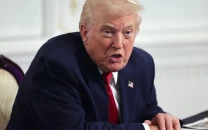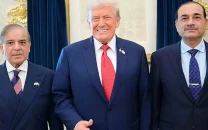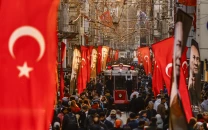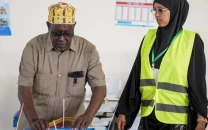India’s strangest political party
With Modis' rise, BJP has finally discarded the Sena and today’s result will likely mark beginning of Sena's decline

It was built in the 1960s and 1970s by one of India’s most charismatic leaders, Bal Thackeray. He was a cartoonist, who insisted on spelling his name the same way as the novelist William Makepeace Thackeray. The regular Marathi spelling is that one used by the Bharatiya Janata Party (BJP) leader, Kushabhau Thakre. Thackeray was from a small caste of professionals called the Chandrasenia Kayastha Prabhus. He did not and could not have built a party on the basis of caste as most other parties have done in India. What he did do was take up Marathi resentment for being left out of the progress of Mumbai. The city was built in the 17th and 18th centuries by the British, after the port in Surat began silting up. Because Mumbai was unpopulated, and because the Marathis do not have mercantile castes, the British imported the Banias from Surat to manage their trade. Soon Surat’s other merchant communities — Parsi, Bohra, Khoja and Memon — also came. There was always Marathis in the area, which was dotted by fishing villages, but others also came as the city grew. However, their contribution was not on the side of businesses.
The Gujaratis knew this and till the 1950s were arrogant enough to think that Mumbai could be a part of a Gujarat state. The Bombay Merchants Chamber, in fact, voted for this to happen and the great B R Ambedkar wrote a fine essay exposing the origins of Gujarati settlement in the city, connecting it to the British and not to any native Gujarati initiative.
In the later 20th century, Marathis realised that they were being left out of the professions also — after educated Indians from all over came to the city to take up corporate jobs — as well as small businesses. One in particular, that of running the cheap Indian fast food places, was dominated by the talented members of the Tulu-speaking Bunt community.
Thackeray founded the Sena on the principle of retaking Mumbai for Maharashtrians. In this, he received enthusiastic response, which he retained till he died in 2012. He was not a grassroots politician and kept his flock together through the device of rhetoric. He was, as I have said, very charismatic. He openly drank alcohol (preferring warm German lager), smoked pipes and cigars, insisted he did not believe in god, particularly after the death of his wife, and was not dogmatic in any way. In the late 1980s, he observed that the mood was turning anti-Muslim with the Babri Masjid movement. He then threw in his lot with the BJP, though the Sena had till that point been inclusive and had some Muslim Marathi-speaking leaders. The riots in Mumbai after the Babri Masjid was pulled down in 1992 were the city’s worst and the Sena and its leadership was indicted in a report written later by the Justice Srikrishna Commission.
However, the party benefited from this and came to power along with the BJP in Maharashtra in 1995, handing the Congress its first real defeat in the state. Since then, the two parties have been seen as natural allies, even though the Sena’s anti-Muslim posture is derived, unlike the BJP’s, which is original. The partnership was unequal and the BJP was actually much more strong and effective on the ground rather than the Sena, which was scattered and disorganised and too much of an autocracy. If anything, the Sena was a drag on the BJP and this became obvious in the decade the BJP was out of power at the centre, starting from 2004. With the rise of Narendra Modi, the BJP has finally discarded the Sena and today’s election result is likely to mark the beginning of the decline of one of India’s most unique and strange parties.
Published in The Express Tribune, October 19th, 2014.
Like Opinion & Editorial on Facebook, follow @ETOpEd on Twitter to receive all updates on all our daily pieces.

















COMMENTS
Comments are moderated and generally will be posted if they are on-topic and not abusive.
For more information, please see our Comments FAQ